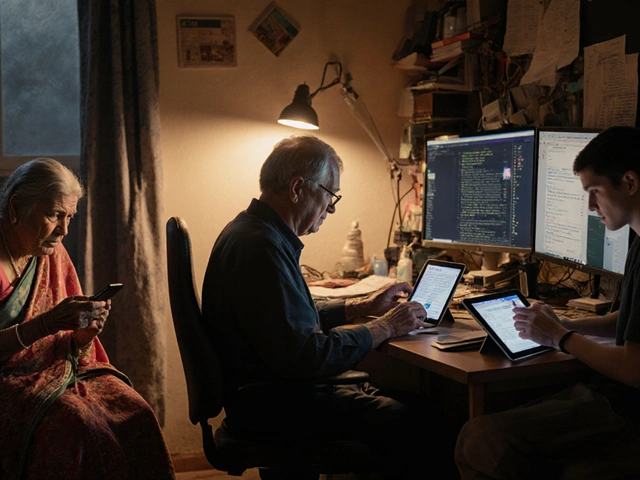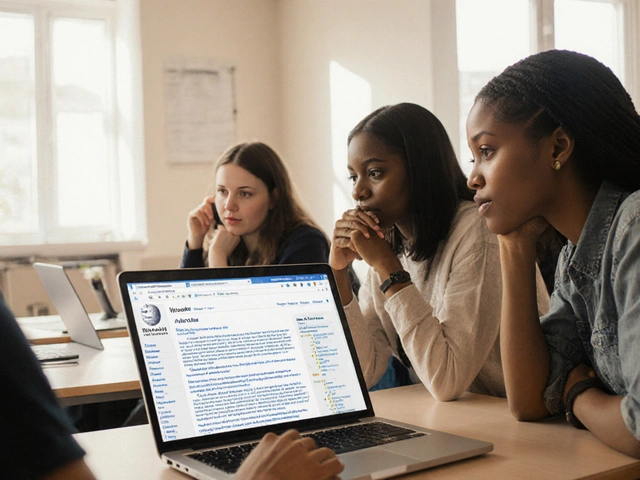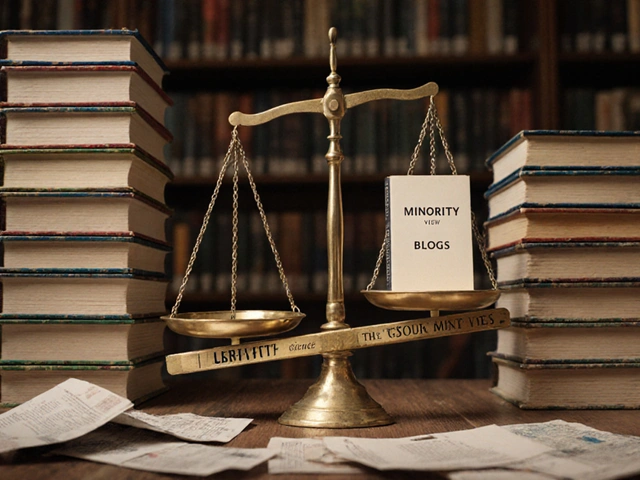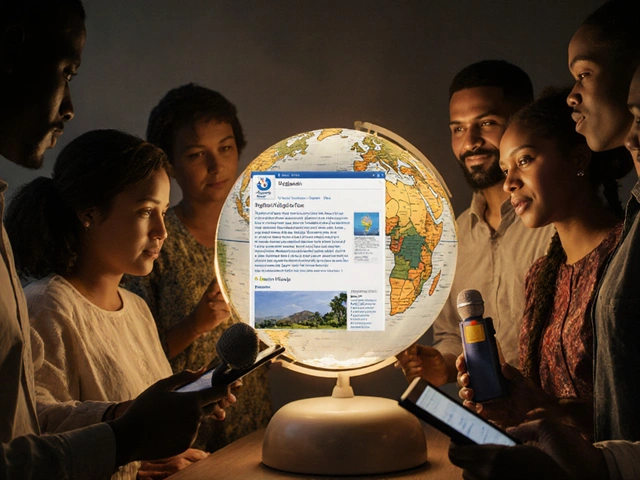Knowledge Graph: How Wikipedia and AI Build Connected Facts
When you search for knowledge graph, a structured way of linking facts so machines understand relationships between people, places, and ideas. Also known as semantic network, it’s how search engines and AI tools make sense of information beyond simple keyword matches. Wikipedia doesn’t call it that—but it’s been building one for two decades, one edit at a time. Every link between "Albert Einstein" and "theory of relativity," every category tagging "Nobel Prize" to its winners, every template connecting a city to its population and mayor—that’s the knowledge graph in action. It’s not coded in algorithms alone. It’s built by real people who care about accuracy, context, and connections.
That’s why AI encyclopedias still fall short. They scrape text, pull citations, and guess connections—but they don’t understand Wikipedia’s community consensus, the slow, human-driven process that decides what’s reliable, balanced, and worth linking. A machine might link "climate change" to "fossil fuels" and call it done. But Wikipedia editors also link it to policy debates, regional impacts, Indigenous knowledge systems, and decades of peer-reviewed studies—all because someone took the time to verify, cite, and balance those connections. The knowledge graph, when built by humans, doesn’t just store facts—it reflects how society understands them. That’s why surveys show people still trust Wikipedia more than AI-generated answers. It’s not faster. It’s deeper.
Behind the scenes, Wikimedia’s tech team uses open-source tools to turn Wikipedia’s edits into a public knowledge graph anyone can use. Companies like Google and Apple tap into it. Researchers build tools on top of it. Volunteers fix broken links and update outdated data. But it’s fragile. Copyright takedowns erase connections. Vandalism breaks chains. AI editors sometimes add false links that look right but aren’t. And without funding or enough editors, the graph risks growing unevenly—skewing toward popular topics and leaving out local histories, marginalized voices, and niche expertise.
What you’ll find below are real stories about how this graph is made, maintained, and challenged. From how the Signpost picks stories that shape the graph, to how AI tries—and fails—to replace human judgment in linking facts. You’ll see how licensing keeps the graph open, how volunteers fight bias in its structure, and why even a simple edit can ripple through millions of connected data points. This isn’t theory. It’s the living, breathing backbone of the world’s largest encyclopedia—and the quiet battle to keep it honest.
How Wikidata Connects Facts Across Multilingual Wikipedia Articles
Wikidata connects consistent facts across all language versions of Wikipedia, letting editors update data once and have it reflect everywhere. It powers accuracy, equity, and automation in multilingual knowledge sharing.







